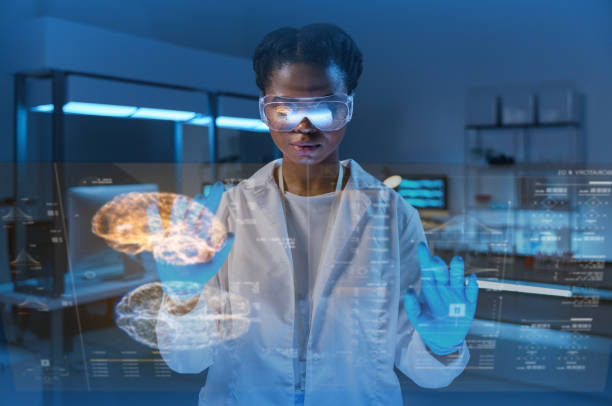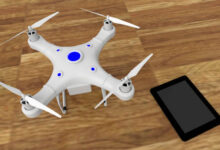
The integration of Artificial Intelligence (AI) in medical diagnosis is transforming healthcare.
This article dives into the steps required to create AI models for accurate and efficient medical diagnosis, bridging the gap between technology and patient care.
Understanding Medical Data and AI

According to The National Institutes of Health, AI models for medical diagnosis depend on a deep understanding of medical data.
This encompasses electronic health records (EHRs), medical images, lab results, and patient histories.
AI algorithms analyse this data to identify patterns, anomalies, and potential diagnoses.
Choosing the Right AI Algorithms
Selecting the appropriate AI algorithms is crucial.
Machine Learning (ML) algorithms like Convolutional Neural Networks (CNNs) for image analysis or Recurrent Neural Networks (RNNs) for time-series data have proven effective.
Choose algorithms that align with the specific medical data and diagnostic tasks.
Preparing and Cleaning Data
AI models are only as good as the data they’re trained on.
Data preparation involves cleaning, normalising, and augmenting the data to improve model accuracy.
This step ensures that the AI model learns from high-quality and representative data.
Model Training and Validation
Training an AI model involves feeding it with labelled data, enabling it to learn patterns.
Validation with separate data ensures the model’s generalizability. Fine-tuning and optimising hyperparameters help achieve the best results.
Ethical Considerations in AI Medical Diagnosis
Frontier says ethics play a vital role in AI medical diagnosis. Models must be fair, unbiased, and transparent.
Ensuring patient privacy and informed consent are essential. Rigorous testing and validation are critical to minimise diagnostic errors.
Integration with Medical Professionals
WHO cited that, AI models complement, rather than replace, medical professionals. Collaborating with healthcare experts ensures that AI outputs are interpreted accurately.
Their insights help refine models and enhance patient care.
Regulatory Approval and Validation
For medical AI models, regulatory approval is imperative. Validation studies demonstrate the model’s effectiveness and safety.
These studies involve testing the model’s diagnostic accuracy against established standards.
Deployment and Continual Improvement
After approval, deploying the AI model in a healthcare setting requires careful integration.
Continuous monitoring and refinement based on real-world performance ensure that the model remains effective and aligned with evolving medical knowledge.
Alright my dear readers, now let us look into some frequently asked questions (FAQs) about How to develop AI models for medical diagnosis.
How can I create AI models for medical diagnosis?
Develop AI models by collecting medical data, choosing appropriate algorithms, training the model, and validating its accuracy.
What benefits does AI-driven medical diagnosis offer?
AI enhances diagnostic accuracy, speeds up analysis, assists medical professionals, and contributes to early disease detection.
Do I need a medical background to develop AI models for diagnosis?
While medical expertise helps, collaboration between data scientists and medical professionals ensures accurate and meaningful models.
How do I ensure the privacy and security of medical data?
Prioritise data encryption, comply with regulations like HIPAA, and implement robust security measures to protect sensitive patient information.
Can AI models handle various medical conditions?
Yes, AI models can be trained to diagnose a wide range of medical conditions by learning from diverse datasets.
How do I interpret AI model results?
Interpretation involves analysing output patterns and understanding model confidence levels. Medical expertise is crucial for accurate diagnosis.
What’s the future of AI in medical diagnosis?
AI will continue evolving, becoming an integral tool in medical diagnosis, assisting healthcare professionals, and improving patient outcomes.
Conclusion
In conclusion, developing AI models for medical diagnosis is a harmonious blend of cutting-edge technology, ethical considerations, and healthcare expertise.
These models offer the potential to revolutionise patient care by providing quicker, more accurate diagnoses.
By adhering to rigorous data collection, algorithm selection, and validation processes, the healthcare industry can harness the power of AI to enhance diagnostic capabilities and ultimately improve patient outcomes.








